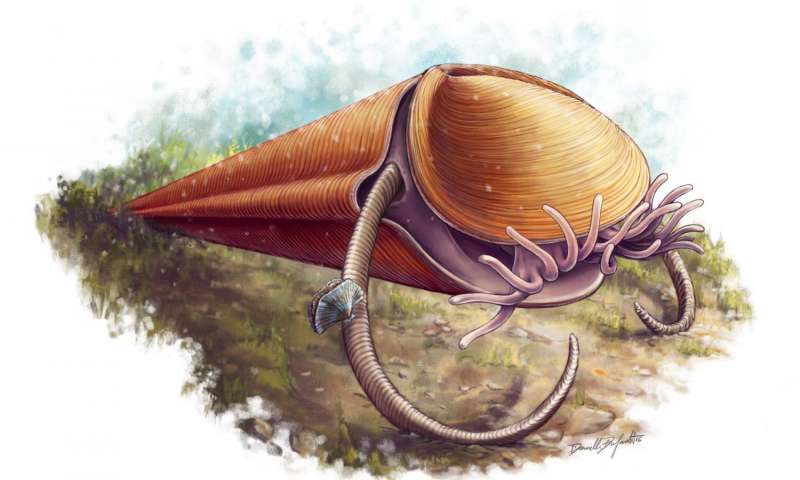At http://phys.org/print403288528.html … some revelatory facts on how palaeontologists peg fossils on the Tree of Life that you commonly come across in museum displays and in textbooks on evolution of life on earth. It is parsimony. This is the method that has been in vogue, the idea that evolution proceeds by the fewest of possible changes. It seems a common sense approach but it would seem the theorists want a more pure way of hanging fossils in displays for Joe Public – one that is more akin to the process of evolution (or how it is thought to develop rather than how the evidence indicates). Is this another consensus mainstream dogma taking hold?
For example, how might this emphasis on theory rather than evidence in the rocks affect Ice Age mammals now extinct? See http://phys.org/print403288584.html .. and you will see how difficult that might be. In this paper the idea is look at fossil ensembles in order to predict future extinctions. Good luck with that one.
At http://phys.org/print403352942.html … picking out fossils from geology is fun but are you always able to imagine what the animals may have looked like in real life. For instance, belemnite fossils are quite common in my neck of the woods but that long thin shell (fossilised into stone) doesn't provide much of a clue to what they looked like when swimming around in a marine environment. The same goes for the hyolith (see image below). These lived in the Cambrian period, also in a marine environment. Look at what they looked like with their soft parts – and it took a 20 year old student to tease out the evidence

